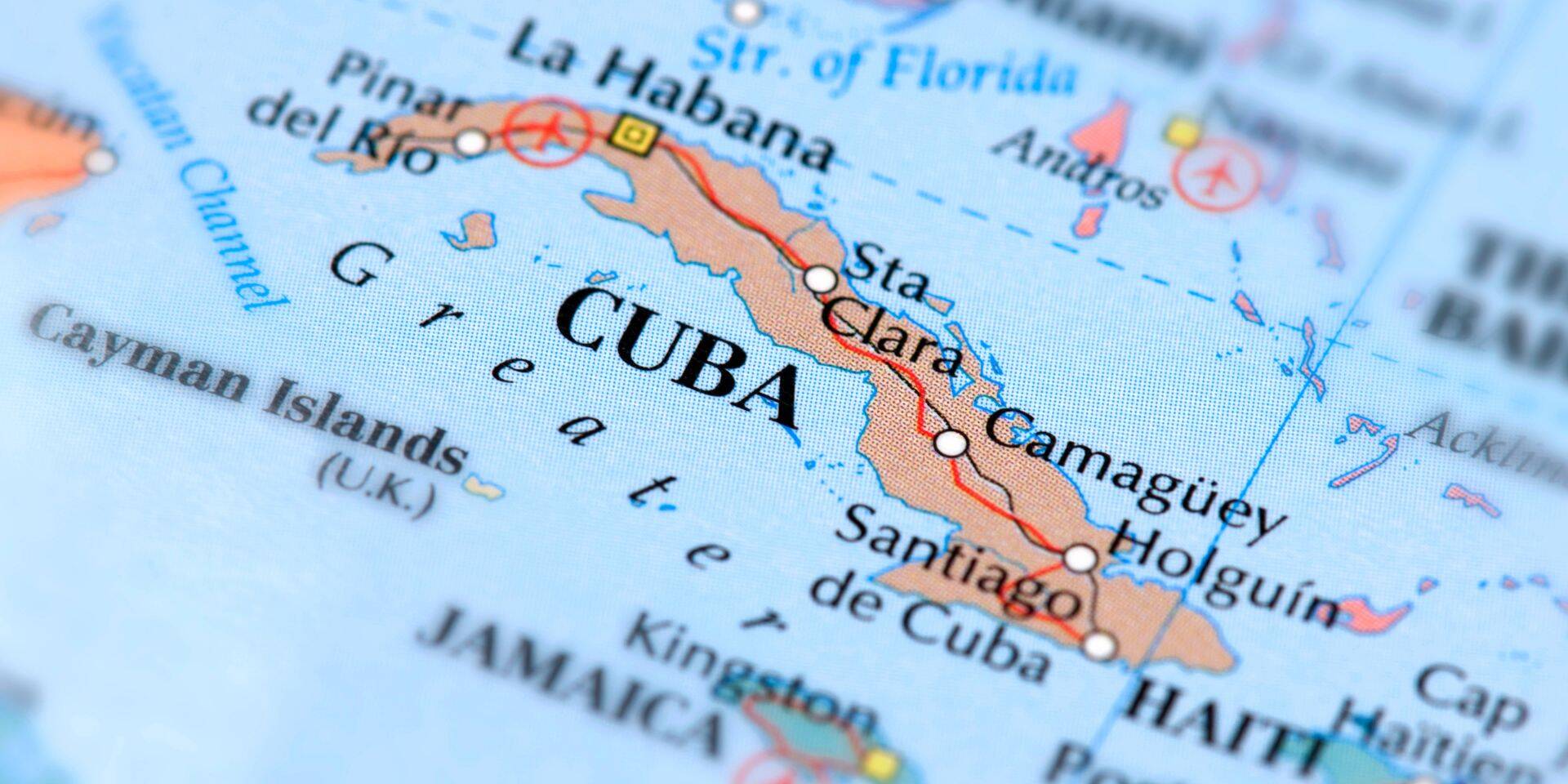A bill proposing immigration courts be separated from the U.S. Department of Justice (DOJ) has passed the House Judiciary Committee. The committee voted 24-12 to make immigration courts independent from the executive branch of government. The vote was along party lines. The bill, Real Courts, Rule of Law Act, now moves to the full U.S. House of Representatives for their consideration.
Removing immigration courts from the executive branch enables greater consistency, per the supporters. As presidents and their policies shift, so does the application of immigration law. Independent immigration courts are thought to provide greater stability. The act is sponsored by Rep. Zoe Lofgren, D-Calif., who authored the bill and serves as the chair of the House Subcommittee on Immigration and Citizenship. Rep. Lofgren believes the political and bureaucratic impact on immigration courts erodes trust in the process.
The Act proposes immigration courts function in a similar way to the U.S. Tax Court under Article 1 of the U.S. Constitution. Similarly, immigration courts are proposed to include trial and appellate courts and an administrative level to oversee both courts. Currently, a wide disparity of approval and denial rates is seen, dependent on the district where they are heard. This act proposes a fairer application of immigration law.
The bill proposes a new system, called the United States Immigration courts, that will take over the duties and proceedings currently managed by the DOJ courts. The proposed court system suggests the ability to issue subpoenas, penalties for contempt, and prompt action by executive branch agencies. The actual number of courts is yet to be seen, following a survey to be made available to the public for their comment.
Appellate courts are suggested to replace the Board of Immigration Appeals. This court level will include 21 judges who will serve on three-judge panels. On rare occasions, the judges will serve as an entire group. The U.S. Circuit Court of Appeals is recommended to provide a review of appeals. Temporary courts are also proposed. These courts will respond to workload surges, requiring prior and ongoing reporting to required congressional committees.
The proposed act is an effort to increase access to justice. The proposal includes a legal orientation program that will provide interpreters for immigration court proceedings. Additionally, the act enables the right to counsel. However, the government will not bear the cost of the counsel.
The current backlog of immigration cases waiting for the court is 1.8 million, per the Syracuse TRAC Immigration. Supporters of the act see this as further support calling for the reformation of immigration courts.
Non-supporters claim the effort further weakens the immigration system.
If you have questions about your legal issue awaiting a court date or any other immigration-related issue, contact us at ILBSG. We actively monitor ongoing proposals to policy to ensure our clients get the right advice.
Related Posts
April 3, 2025
Concerns Grow Among International Employees and Students Amid Deportations
International employers in the tech…



